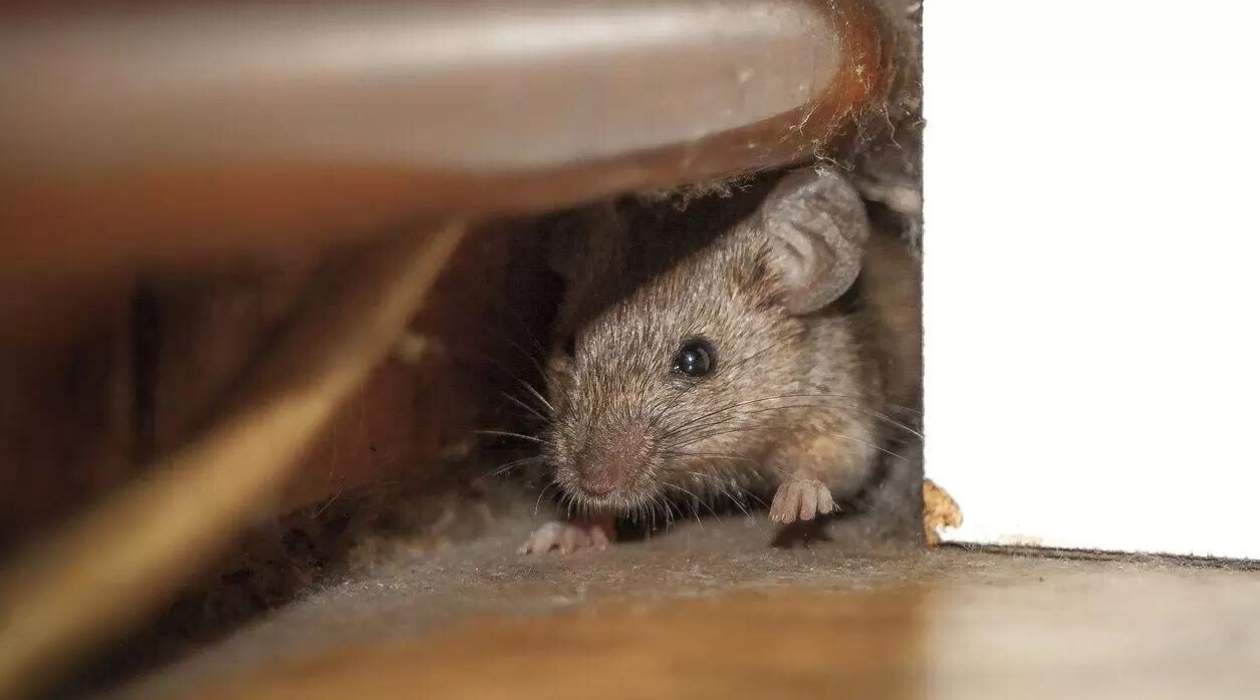

Articles
How Do Rats Get In My Attic
Modified: April 27, 2024
Discover how rats manage to infiltrate your attic and cause potential damage. Read our informative articles to learn effective ways to keep them out.
(Many of the links in this article redirect to a specific reviewed product. Your purchase of these products through affiliate links helps to generate commission for Storables.com, at no extra cost. Learn more)
Introduction
Welcome to your comprehensive guide on how rats get into your attic. If you’ve noticed strange noises or signs of damage in your attic, there’s a high chance that you have some uninvited furry guests taking up residence. Rats are exceptionally skilled at finding ways into our homes, and their ability to access even the hardest-to-reach areas is truly remarkable.
Understanding how rats enter your attic is crucial in effectively dealing with the problem. By gaining insight into their behavior and identifying common entry points, you’ll be better equipped to prevent future infestations and ensure the safety and comfort of your home. So, let’s dive right in and explore the fascinating world of rats in attics.
Key Takeaways:
- Rats are resourceful climbers and can enter your attic through small gaps and openings. Regularly inspect and seal off common entry points to prevent infestations and protect your home.
- If you suspect a rat infestation, look for droppings, gnaw marks, nests, and strange odors in your attic. Take immediate action to remove rats using traps, baits, or professional services, and thoroughly clean and sanitize the space afterward.
Read more: How To Get Rid Of Rat Smell In The Attic
Understanding Rat Behavior
Before we delve into the specifics of how rats get into your attic, it’s important to have a basic understanding of their behavior. Rats are highly adaptable creatures that have evolved to thrive in various environments, including urban areas. In order to survive, they require shelter, food, and access to water. Attics provide rats with a warm and safe environment, making them an ideal nesting spot.
Rats are excellent climbers and can navigate their way up walls, pipes, and wires with ease. They are known for their ability to squeeze through small openings, often as narrow as a quarter or half an inch. This enables them to enter your attic through gaps and cracks in the building’s structure.
These pests are nocturnal, meaning they are most active during the night. If you hear scratching, scurrying, or gnawing sounds coming from your attic during these hours, it is a strong indication that you have rats. Rats have sharp teeth that grow continuously, so they need to constantly gnaw on objects to keep them at a manageable length. This behavior can lead to damage to your attic insulation, wires, and even wooden structures.
Additionally, rats are prolific breeders, with a short gestation period and high reproductive rate. A single pair of rats can quickly multiply into a significant infestation within a short period of time. Therefore, it’s crucial to address the issue as soon as possible to prevent further damage and potential health risks.
Now that we have a better understanding of rat behavior, let’s move on to identifying common entry points rats use to access your attic.
Identifying Common Entry Points
When it comes to accessing your attic, rats are resourceful and opportunistic. They can exploit even the smallest gaps and openings to make their way inside. By identifying these common entry points, you can take proactive measures to seal them off and prevent future rat infestations.
1. Roof Vents and Chimneys: Rats can easily enter your attic through damaged or improperly sealed roof vents and chimneys. They are adept climbers and can scale the exterior of your home to gain access to these areas. Ensure that these openings are securely covered with mesh screens or caps to prevent rats from entering.
2. Gaps in the Roofline: Check for any gaps or holes in the roofline, where the roof meets the walls. Rats can squeeze through small openings and find their way into your attic. Inspect the eaves, soffits, and any areas where the roof materials may be damaged or deteriorating. Seal off any gaps with weather-resistant materials such as steel wool or caulk.
3. Utility Lines and Pipes: Rats are known to use utility lines and pipes as a pathway to access your attic. Inspect areas where pipes or utility lines enter your home. Make sure there are no gaps or openings around these entry points. Seal off any holes or cracks using wire mesh or a combination of steel wool and caulk.
4. Attic Vents and Louvers: Rats can easily enter your attic through unsecured or damaged attic vents and louvers. These are designed to provide proper ventilation for your attic but can also act as an open invitation for pests. Install mesh screens over the vents to keep rats out while still allowing for proper airflow.
5. Faulty Roof Flashing: Damaged or poorly installed roof flashing can create gaps that rats can exploit to gain access to your attic. Inspect the flashing around your chimney, skylights, and roof vents. If you notice any gaps or signs of damage, it’s essential to repair or replace the flashing to prevent rats from entering.
By thoroughly inspecting your home for these common entry points, you can identify potential vulnerabilities and take the necessary steps to seal them off. Doing so will significantly reduce the likelihood of rats making their way into your attic.
Evaluating Your Attic for Rat Infestation
Once you’ve identified the common entry points rats use to access your attic, it’s important to assess the situation and determine if you have a rat infestation. Here are some signs to look out for when evaluating your attic:
1. Droppings: Rat droppings are a clear indication of their presence. These droppings are dark brown or black in color, small in size, and resemble grains of rice. Look for droppings in corners, along pathways, or near food sources such as stored items or insulation.
2. Gnaw Marks: Rats have incisors that grow continuously, so they will gnaw on objects to keep their teeth in check. Look for gnaw marks on wooden beams, electrical wires, insulation, and other materials in your attic. Fresh gnaw marks will appear light in color, while older ones will be darker and more pronounced.
3. Tracks and Smudge Marks: Rats leave tracks and smudge marks behind as they traverse through your attic. These marks may be visible on surfaces such as dusty insulation or walls. Look for paw prints or smudges caused by the rat’s oily fur rubbing against surfaces.
4. Nests: Rats create nests in secluded areas of your attic using shredded materials such as insulation, paper, and fabric. Look for compact piles of shredded materials or burrowed areas in corners, behind boxes, or in insulation. Rats tend to build nests near sources of food and water.
5. Strange Odors: A foul or musty smell in your attic can indicate the presence of rats. Rats leave behind urine and feces odors, which can permeate the space. If you notice an unpleasant odor, it’s important to investigate further to determine the source.
6. Noise: Rats are nocturnal creatures, so you may hear scratching, scurrying, or squeaking sounds coming from your attic during the night. If you consistently hear these noises, it’s a strong indication of a rat infestation.
When evaluating your attic, it’s important to exercise caution and wear protective gear, such as gloves and a mask, to minimize the risk of coming into contact with rat droppings or nesting materials. If you notice any of these signs, it’s advisable to seek professional help to effectively remove the rats from your attic.
Seal any entry points with steel wool, wire mesh, or metal flashing to prevent rats from entering your attic. Inspect for gaps around pipes, vents, and roof edges.
Preventing Rat Infestations in the Attic
Preventing rat infestations in your attic is essential to protect your home and ensure the health and safety of your family. By implementing the following preventive measures, you can significantly reduce the likelihood of rats finding their way into your attic:
1. Seal Entry Points: Use steel wool or caulk to fill in any gaps or cracks in your home’s exterior. Pay close attention to areas where utility lines, pipes, or cables enter your home. Install mesh screens or covers on roof vents, chimneys, and attic openings to keep rats out while maintaining proper ventilation.
2. Trim Trees and Branches: Trim any tree branches that hang close to your roof or provide easy access to your attic. Rats are skilled climbers and can use branches as a pathway to reach your home. By removing this access point, you limit their ability to enter your attic.
3. Secure Garbage and Food Sources: Rats are attracted to food sources, so it’s crucial to secure your garbage cans with tight-fitting lids and keep them away from your home’s exterior. Additionally, store food in airtight containers to prevent rats from being enticed by the smell.
4. Maintain a Clean and Organized Attic: Keep your attic clean and clutter-free to minimize potential nesting spots for rats. Regularly inspect stored items for signs of gnawing or damage. Properly organize your belongings to make it easier to identify any signs of rat infestation.
5. Eliminate Moisture and Standing Water: Rats need water to survive, so it’s important to address any sources of moisture in and around your home. Fix leaky pipes, unclog drains, and ensure that gutters and downspouts are properly functioning to prevent the buildup of standing water.
6. Regular Inspections: Conduct routine inspections of your home’s exterior, including the roof, to identify and address any potential entry points. Be proactive in sealing off any openings and maintaining the integrity of your home’s structure.
7. Professional Exclusion Services: Consider hiring professional pest control services to conduct a thorough inspection of your home and provide effective exclusion techniques. They have the expertise and knowledge to identify and seal off all potential entry points, ensuring your attic remains rat-free.
By implementing these preventive measures, you create a hostile environment for rats and significantly reduce the chances of an attic infestation. Stay vigilant and address any signs of rat activity promptly to prevent further damage and potential health risks.
Read more: How To Sanitize Attic From Rats
Removing Rats from the Attic
If you’ve discovered a rat infestation in your attic, it’s crucial to take immediate action to remove them. Here are several methods you can employ to effectively remove rats from your attic:
1. Traps: One of the most common methods for rat removal is using traps. There are various types of traps available, including snap traps, live traps, and glue traps. Snap traps are the most commonly used and can be baited with food such as peanut butter or dried fruit to attract rats. Live traps allow you to capture the rats live and release them outdoors away from your home. Glue traps are adhesive and can trap rats as they try to cross the surface. Whichever trap you use, ensure that they are placed strategically in areas where rat activity is observed or along their pathways. Check the traps regularly and dispose of any captured rats promptly and humanely.
2. Poison Baits: Poison baits can be effective in removing rats, but they should be used with caution. These baits contain toxic substances that can be harmful to humans and pets if not handled properly. If you choose to use poison baits, make sure to follow all safety instructions provided by the manufacturer. Place the baits in areas where rats are likely to frequent, but away from the reach of children and pets. It’s important to note that poisoned rats may die in hard-to-reach areas, leading to unpleasant odors, so proceed with caution.
3. Hiring Pest Control Professionals: For severe or persistent rat infestations, it’s advisable to seek the help of professional pest control services. They have the experience and expertise to effectively remove rats from your attic. Pest control professionals will conduct a thorough inspection, identify entry points, and employ appropriate methods to eliminate the infestation. They will also provide guidance on preventive measures to avoid future rat problems.
When removing rats from your attic, it’s essential to consider the safety of your household members, including children and pets. Always follow proper safety precautions and consult professionals if you’re unsure about handling a rat infestation on your own.
Cleaning and Sanitizing the Attic
Once you have successfully removed the rats from your attic, it’s important to thoroughly clean and sanitize the space to ensure a safe and healthy environment. Here are the steps to follow when cleaning and sanitizing your attic:
1. Wear Protective Gear: Before entering the attic, make sure to wear protective gear such as gloves, a mask, and goggles. This will protect you from coming into contact with rat droppings, urine, nesting materials, and any potential contaminants.
2. Remove Contaminated Materials: Start by removing and disposing of any contaminated materials, such as insulation, cardboard boxes, or fabric that may have been soiled by rat waste. Seal these materials in plastic bags before disposing of them to prevent further contamination.
3. Vacuum the Area: Use a vacuum cleaner with a HEPA (High-Efficiency Particulate Air) filter to clean up any remaining droppings, dust, and debris. Vacuum all surfaces, including walls, beams, and corners. Be thorough, ensuring no traces of rat droppings are left behind.
4. Disinfect with a Cleaner: Once the area is vacuumed, use a disinfectant cleaner to thoroughly clean all exposed surfaces. Pay close attention to areas where rat activity was observed, such as nesting spots or gnawed areas. This will help eliminate any potential bacteria or pathogens left behind by the rats.
5. Deodorize the Attic: Rats can leave behind strong odors, so it’s important to deodorize the attic after cleaning. Sprinkle baking soda or use an odor-neutralizing spray to eliminate any lingering smells. This will help create a fresh and pleasant environment.
6. Repair and Seal Entry Points: While cleaning, take note of any damage or entry points the rats may have used to access your attic. Repair or replace damaged insulation, wires, or structural elements as needed. Seal off any gaps, cracks, or openings with appropriate materials such as steel wool, caulk, or mesh screens to prevent future infestations.
7. Regular Maintenance: After cleaning and sanitizing your attic, establish a regular maintenance routine. Keep the attic clean, organized, and free from clutter. Inspect the area periodically for signs of new rat activity and address them promptly to prevent re-infestation.
By following these cleaning and sanitizing steps, you can ensure that your attic is free from rat-related contaminants and create a safer and healthier living space for you and your family.
Frequently Asked Questions about How Do Rats Get In My Attic
Was this page helpful?
At Storables.com, we guarantee accurate and reliable information. Our content, validated by Expert Board Contributors, is crafted following stringent Editorial Policies. We're committed to providing you with well-researched, expert-backed insights for all your informational needs.
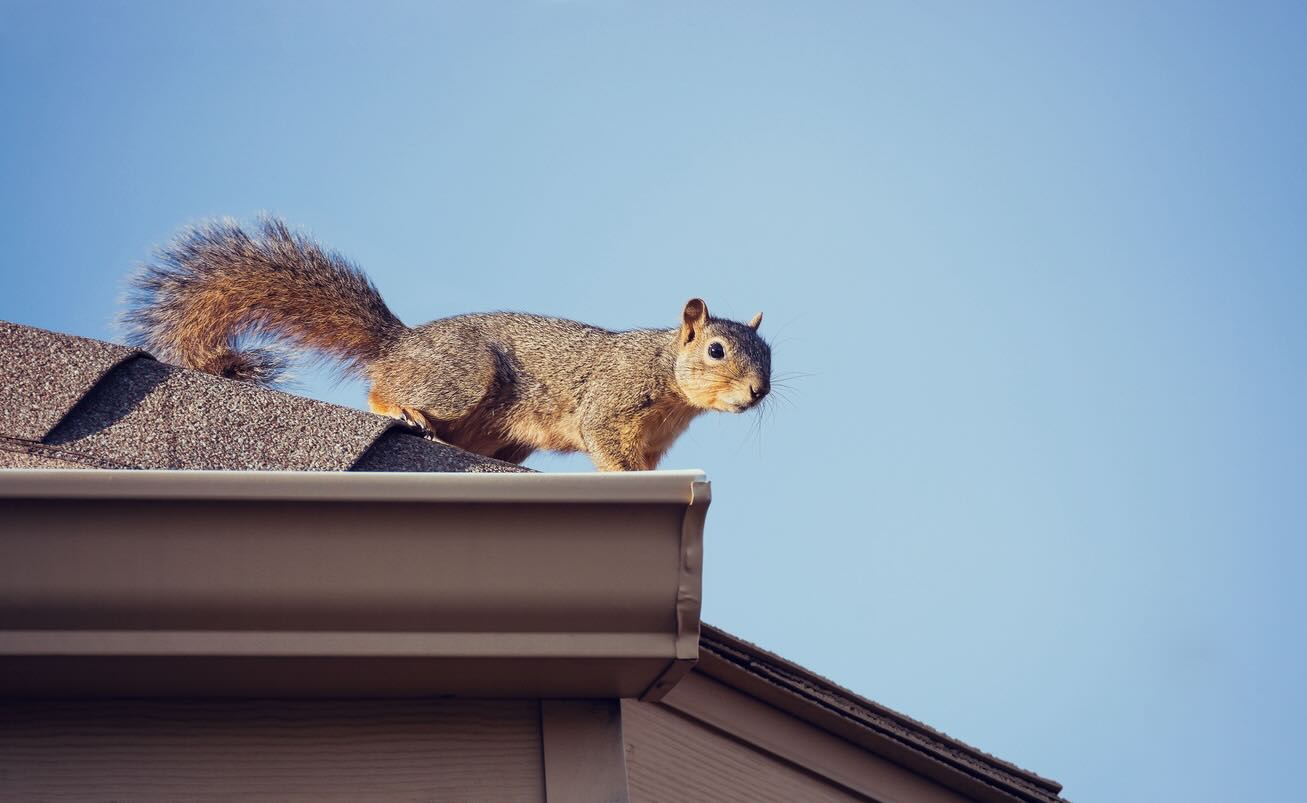
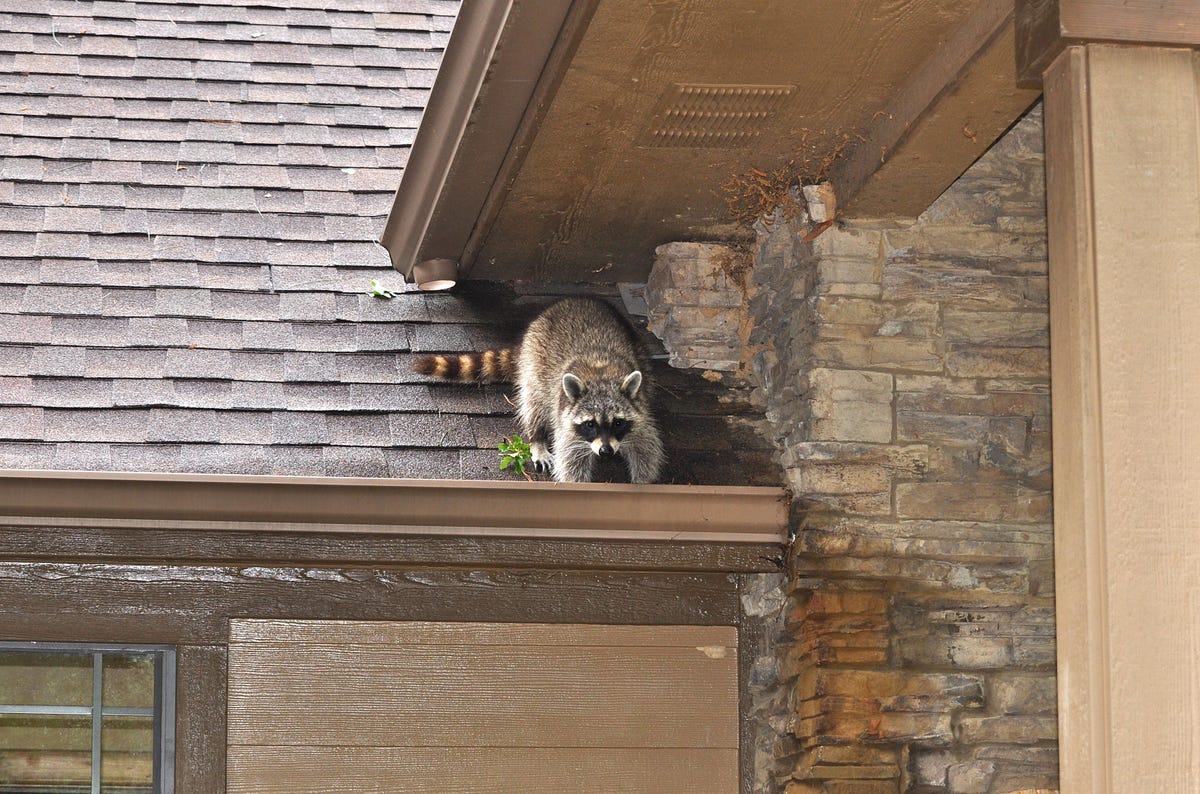
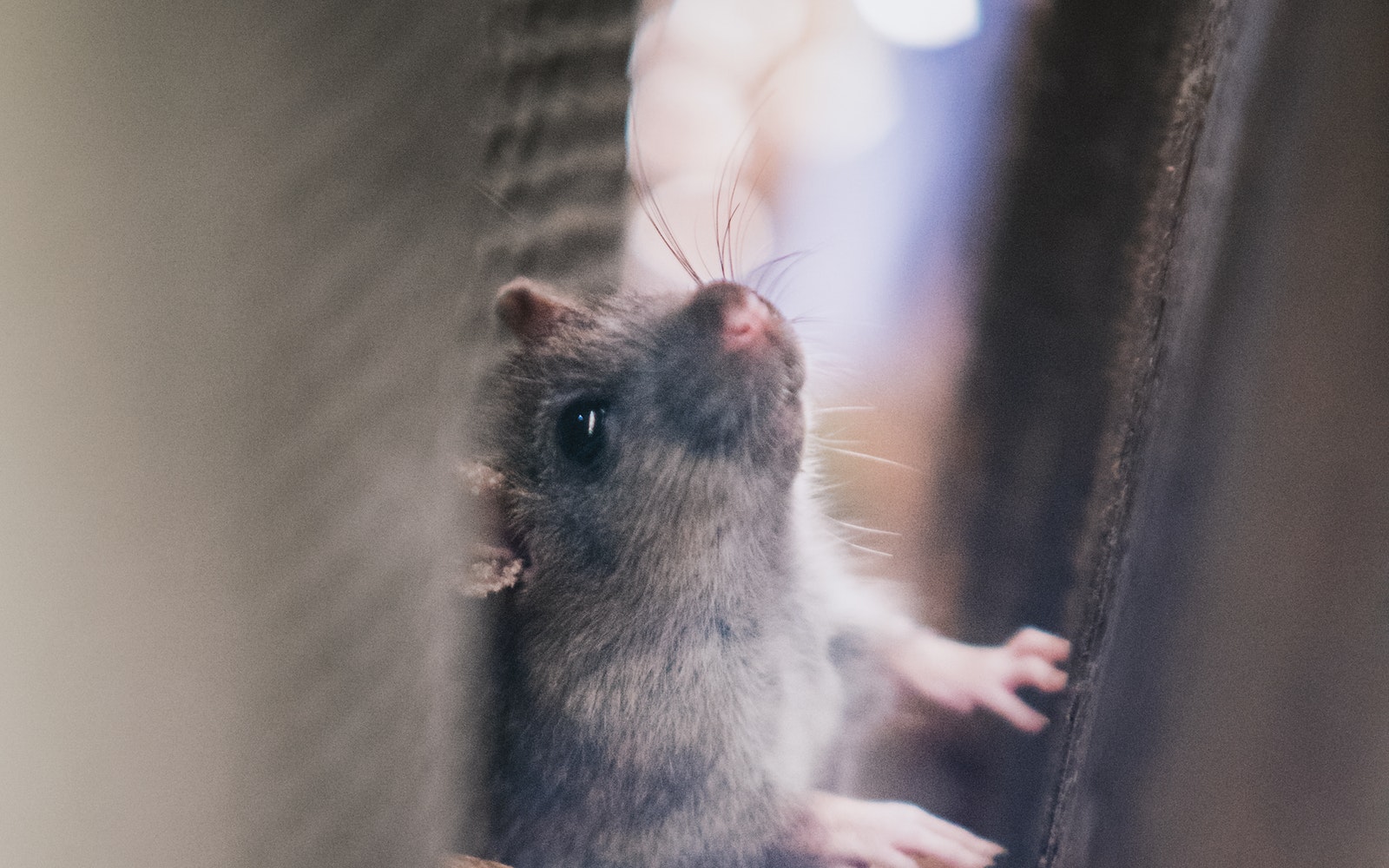

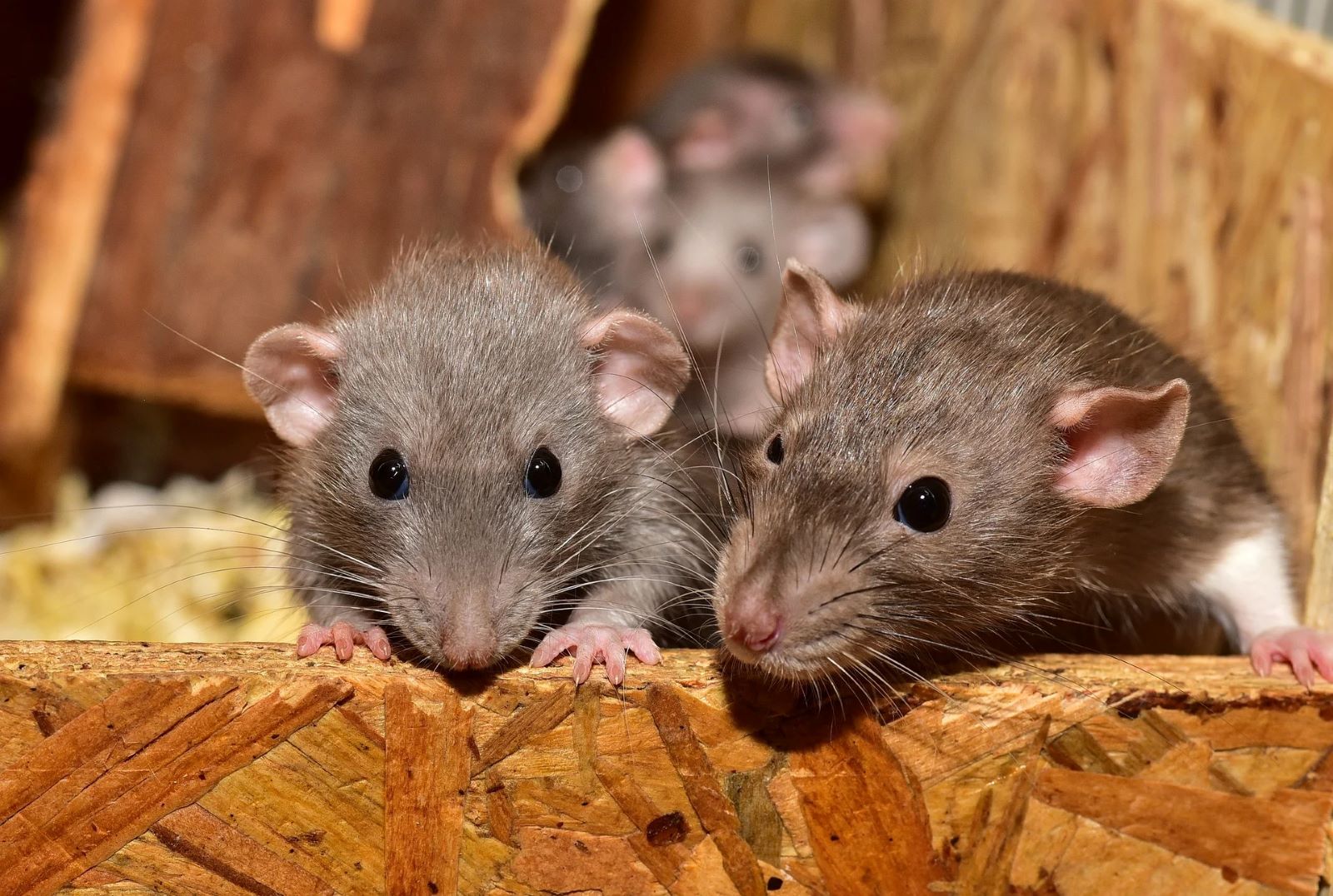
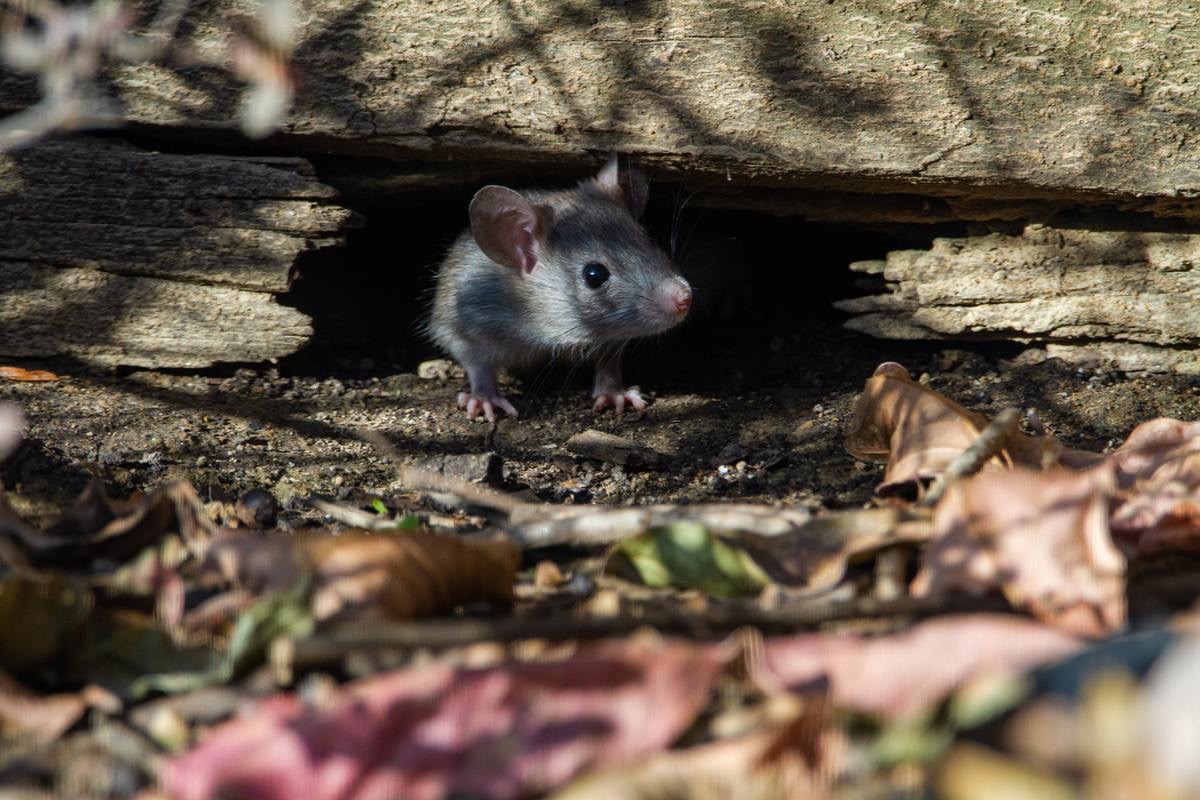
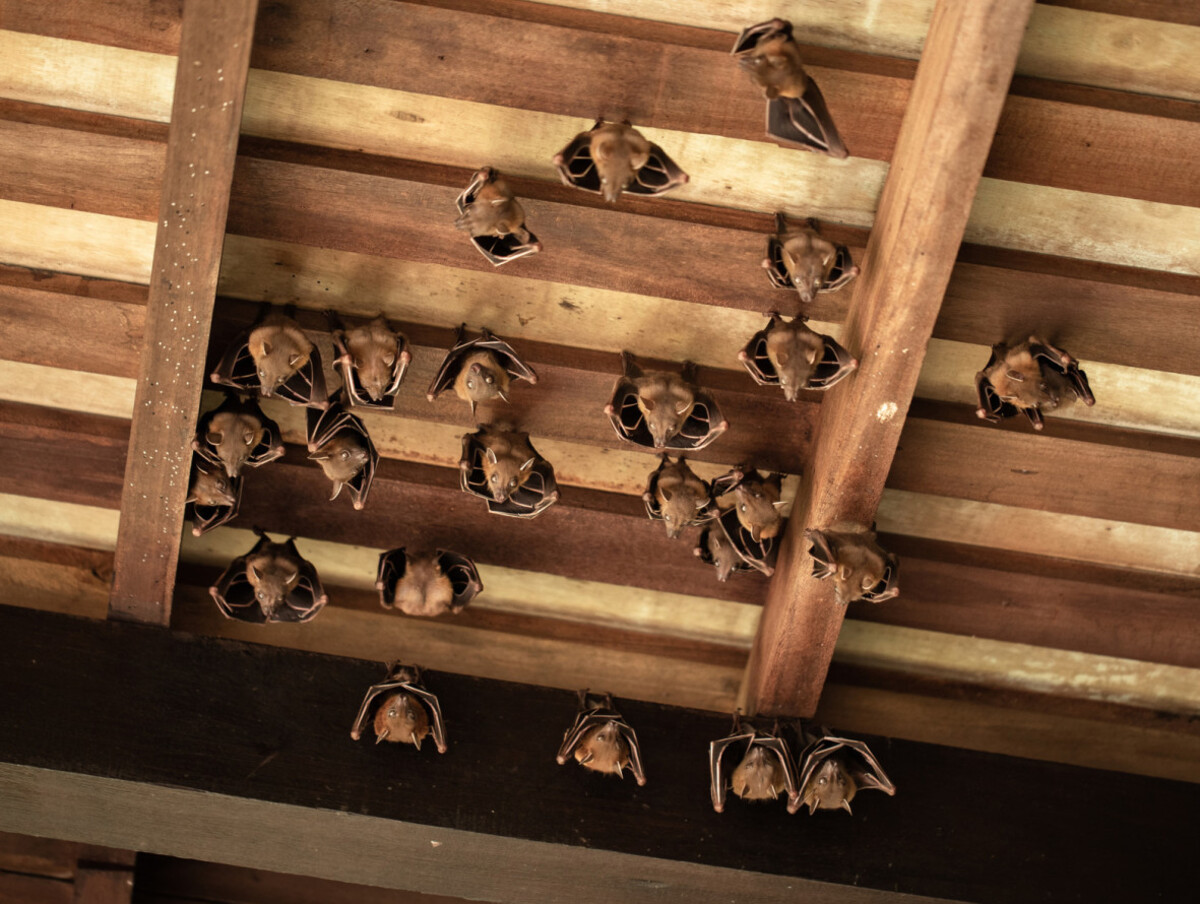
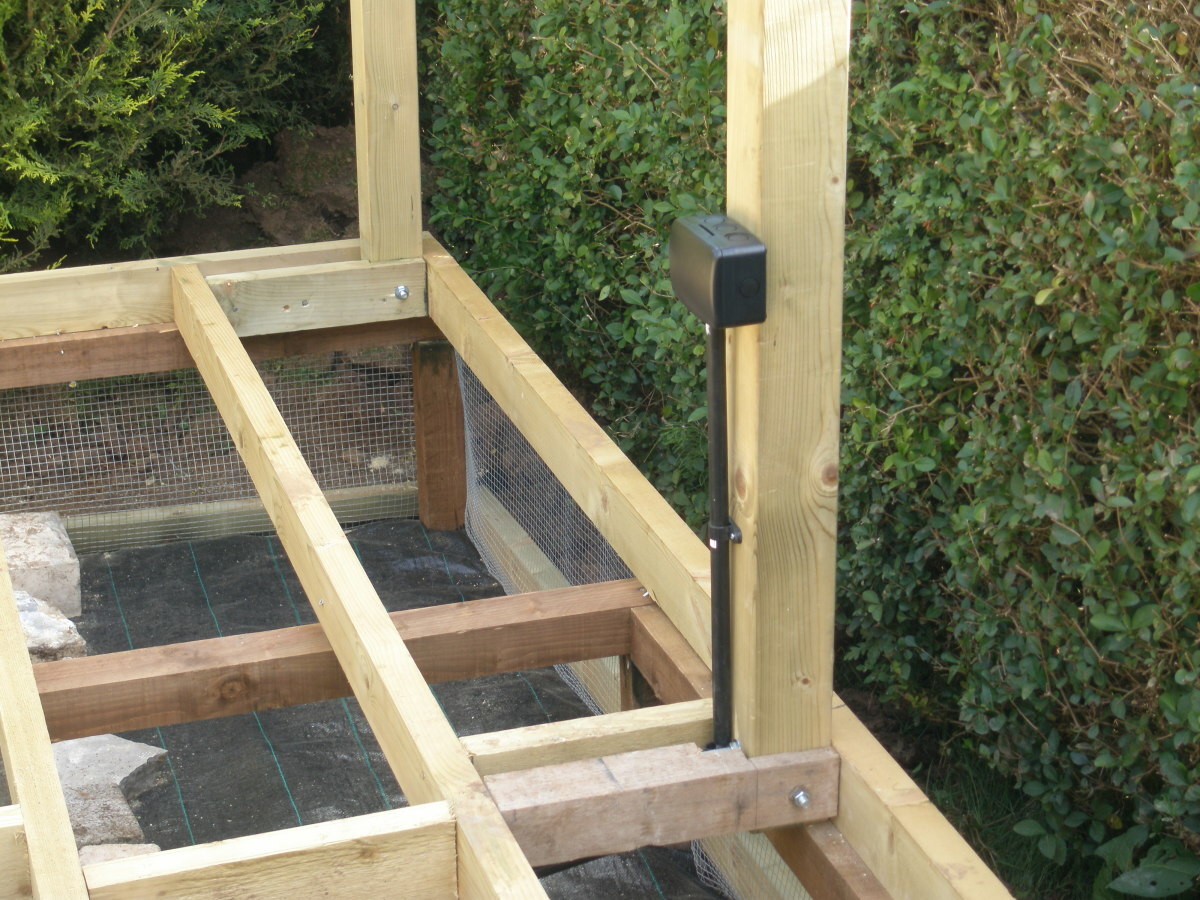

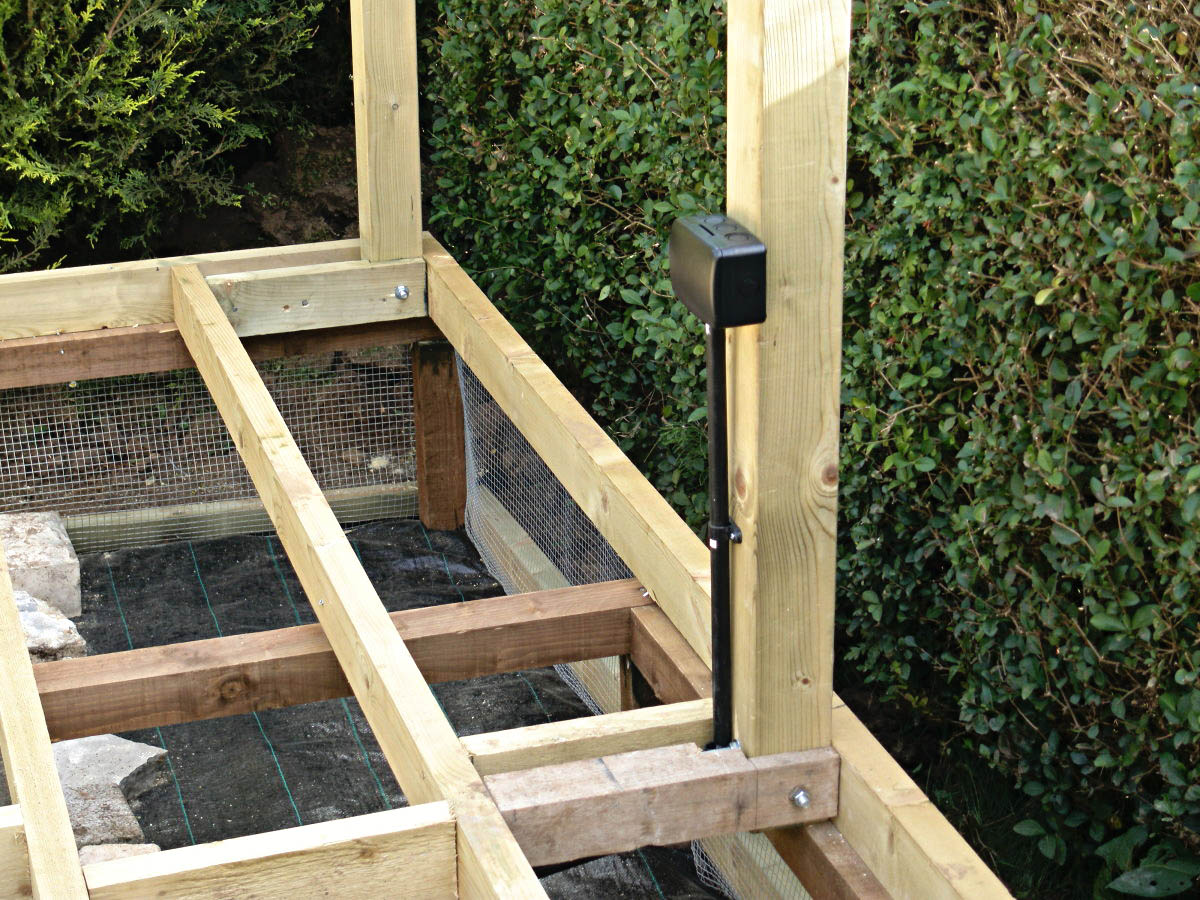

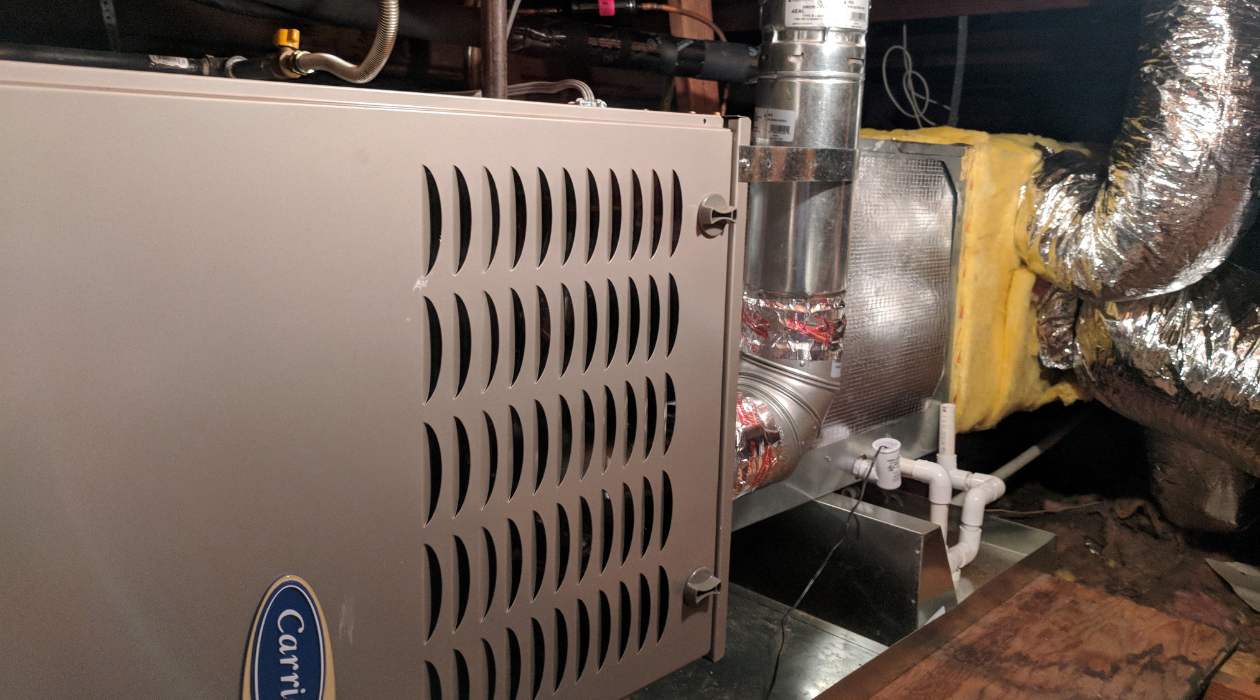

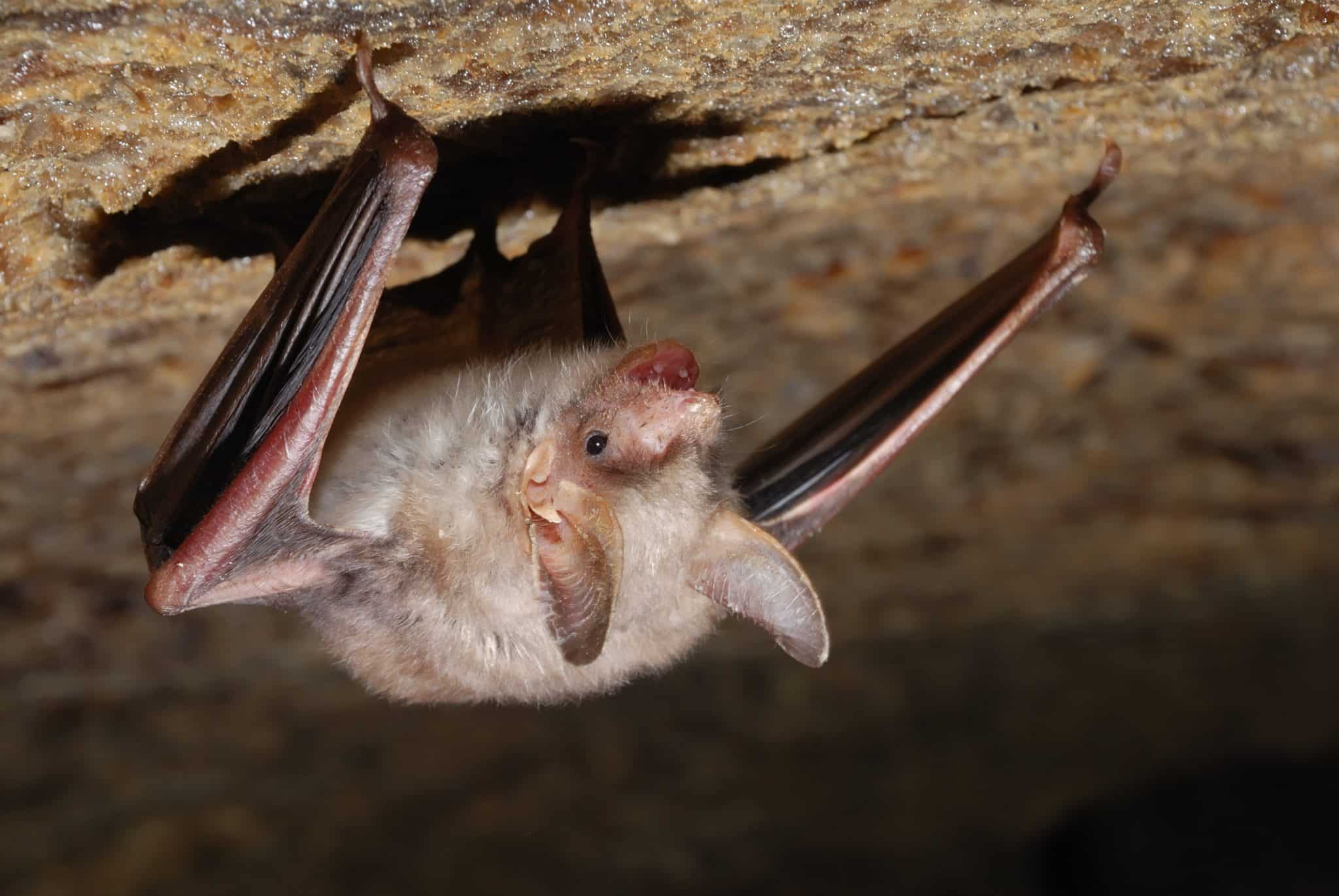

0 thoughts on “How Do Rats Get In My Attic”